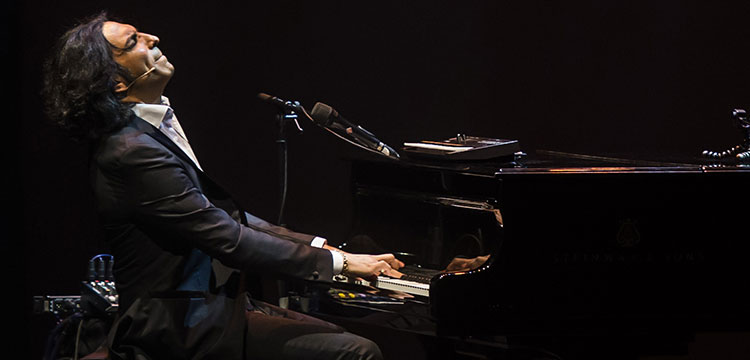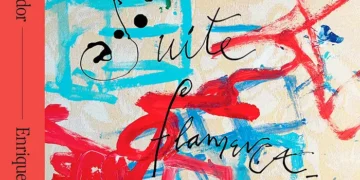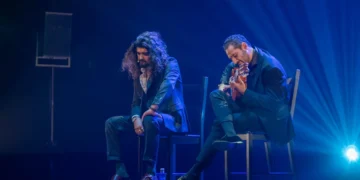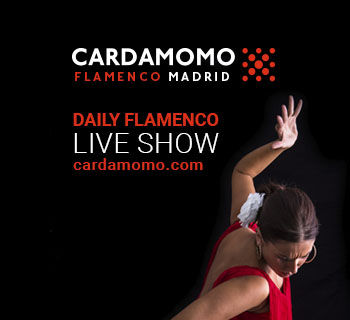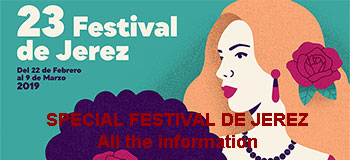Diego Amador, Cinco espadas / Las puertas de mi destino / Festival Suma Flamenca
José Manuel Gómez Gufi
The show talks about doors, the threshold from which one glimpses one’s identity, namely: “Being gypsy, the destruction, flamenco, jazz and freedom”.
In the shadows you recognize the figure of a singer with a simple stick (of authority and/or knowledge), in the rear you can make out the musicians armed with their instruments. Diego sings on the side while the screen fills up with baskets and historic images of gypsies, then Diego sits on the piano and demonstrates brilliant unorthodox technique, and a disconcerting sound (in the sense that he is seated on a grand piano which sounds at times like an electric one). It might seem crazy, but it’s not if we remember his beginnings in music after the trail blazed by his brothers Rafael and Raimundo in a group called “Patita Negra” that appeared in those days when they would speak about Nuevo Flamenco.
The projected images show us Miles Davis in his later years, and then alongside Charlie Parker, various musicians and groups are seen, like the Weather Report, and here we recall that one of the few times in which Camarón’s “La Leyenda del Tiempo” was performed live was with the Weather Report, a group that led the jazz/rock sound of the moment with Zawinull, Jaco Pastorius and Wayne Shorter. The brashness of their sound surprised Camarón who asked the musicians with him “who are those guys?”
It’s clear Diego has drawn from those sources which, it must be said, today barely have any followers, at least sound-wise. Diego would eventually lay out that influence on the keyboard.
THE DOOR IS ALWAYS THE KEY TO THE LEGEND
He momentarily returned to center-stage to sing flamenco with the guitar of Carlos de Jacoba, afterwards joined by Jesús del Rosario. That earned the approval of La Chana (who has made a triumphant comeback with a book and a documentary) who from the audience stood up to put her stole at the singer’s feet. It was a crucial moment because, from that point on some sound malfunctions occurred (produced by the complexity of changing from electric to acoustic and back again) and the concert moved in to Camarón phase, reproducing, with amazing fidelity, the sound of “La Primavera”, the composition of Juan Antonio Salazar sung by Camarón on his last recording with the guitars of Paco de Lucía and Tomatito. An archeological work of reconstruction that also reached “La Leyenda del Tiempo”, that confusing composition that was the title of a misunderstood recording when it came out (1979), and which today we hear like the proclamation of new times, with the excess reverb, just like today when we complain about the excess of autotune.
That was where the libertarian jazzistic spirit of Diego Amador was unleashed and the images of Pata Negra melted into the characteristic sounds of Zawinull on the electric keyboard like an extension of the experiences with Jimi Hendrix and the psychedelics with the necessary complicity of the great drummer Tijuana, Israel Varela. The electric bassist Jesús Garrido never played alone (like Pastorius or Colina) and filled the role of keeping things going; the rhythm of Luis and Jose Amador navigated between acoustic and electric, constantly changing sound. Meantime, the percussion remained in the hands of Diego Jr., nearly always situated in the deep register. Between one thing and another, Diego Amador came out on top thanks to his natural talent as pianist and singer with a numerous audience that doesn’t know whether to identify him as coming from jazz or flamenco, and it’s not even similar to what people were looking for in Chano Domínguez.



